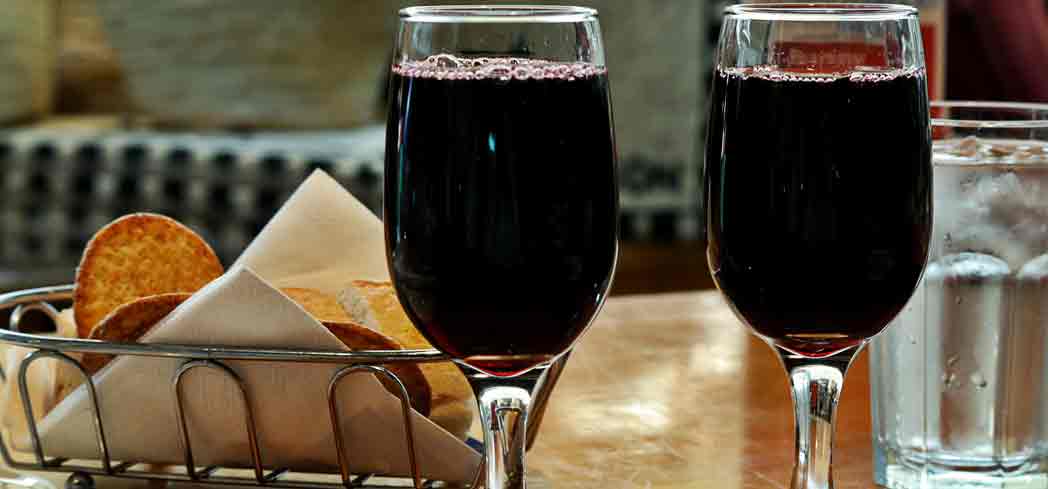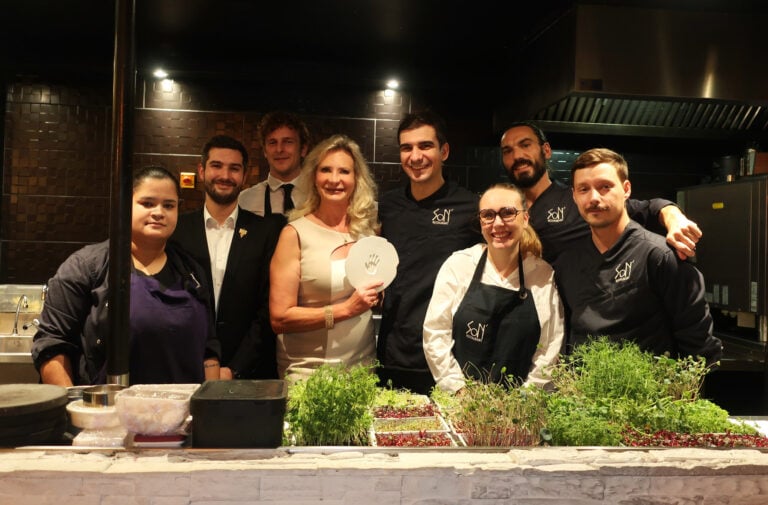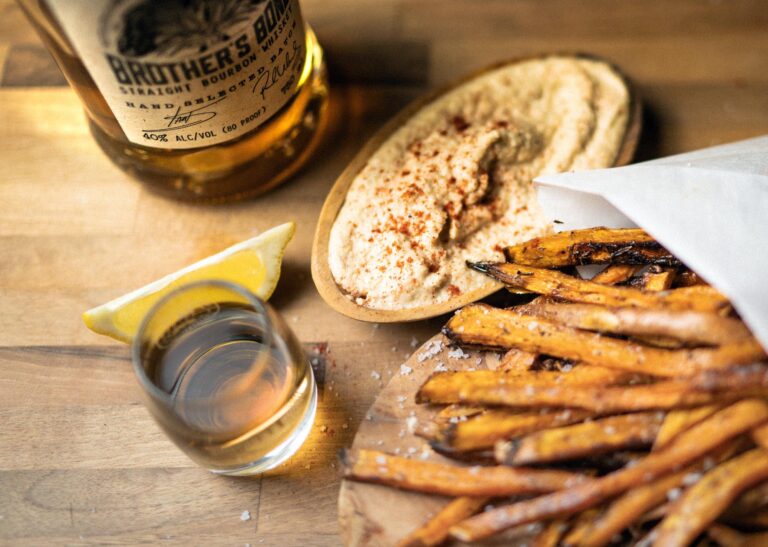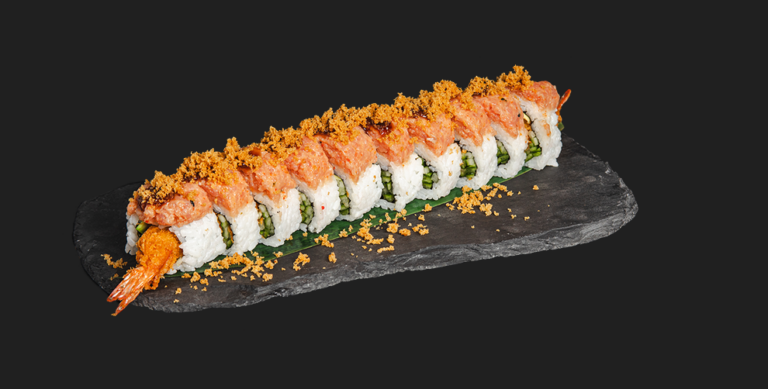Glossary of Wine Terms
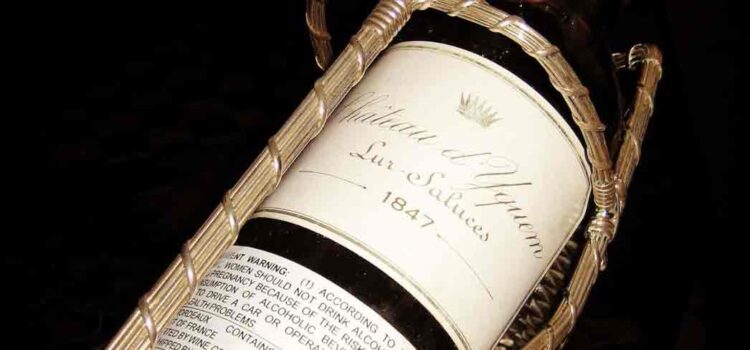
TABLE WINE — Wines of between seven percent and fourteen percent alcohol, generally intended to be consumed with food.
TANNIN — A group of organic compounds found in the bark, roots, stems and seeds of many plants which gives wine astringency, structure and flavor, and which assists in the aging process. The source of the “puckeriness” of many young red wines.
TART — Describes a wine high in acid content. A sharp-and-sour taste description used with both positive and negative connotations.
TARTARIC ACID — The primary acid in wine which forms crystals of potassium bitartrate, harmless flakes or deposits frequently found in bottled wine.
TEINTURIER — Highly-pigmented grapes often used to deepen the color of red wines.
TERROIR — the complete natural environment in which a particular wine is produced, including factors such as the soil (type and drainage), topography (including orientation to the sun), and climate.
THICK — Describes highly-concentrated wines often high in tannins and with low acidity.
TOASTY — Describes smells and flavors derived from dead yeast cells and sediments the wine has been in contact with, but primarily associated with the oakbarrel in which the wine is aged. Often an attractive flavor component in white wine.
2,4,6-TRICHLOROANISOLE — 2,4,6-Trichloroanisole is a compound responsible for the corkiness in wine. TCA contamination can be caused by cork stoppers, barrels and even the wood within the cellar. Most general consumers have difficulty tasting the musty off-flavor caused by the presence of TCA. However, while you may not be able to taste or smell it, even a very small amount of TCA disturbs the aromas and flavors of fruit of a wine.

